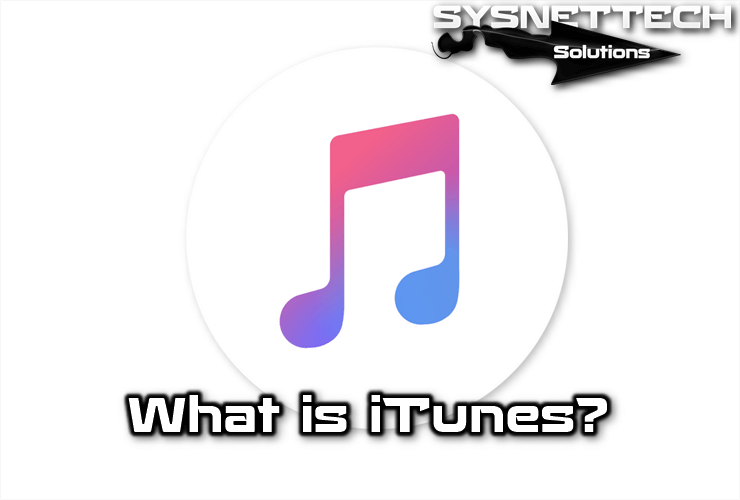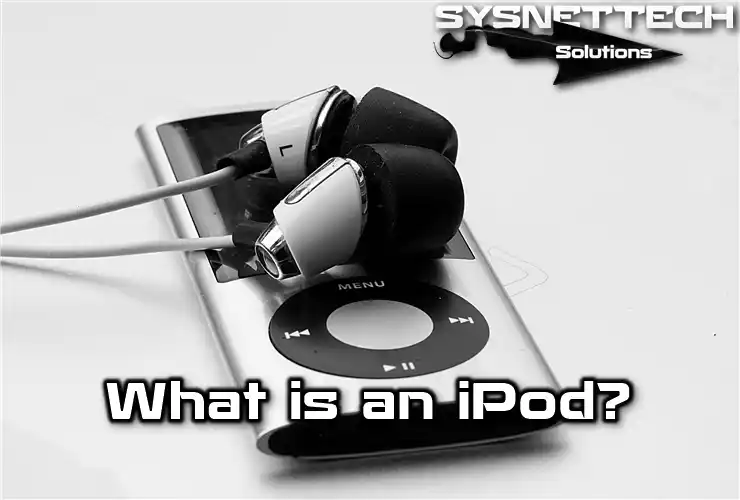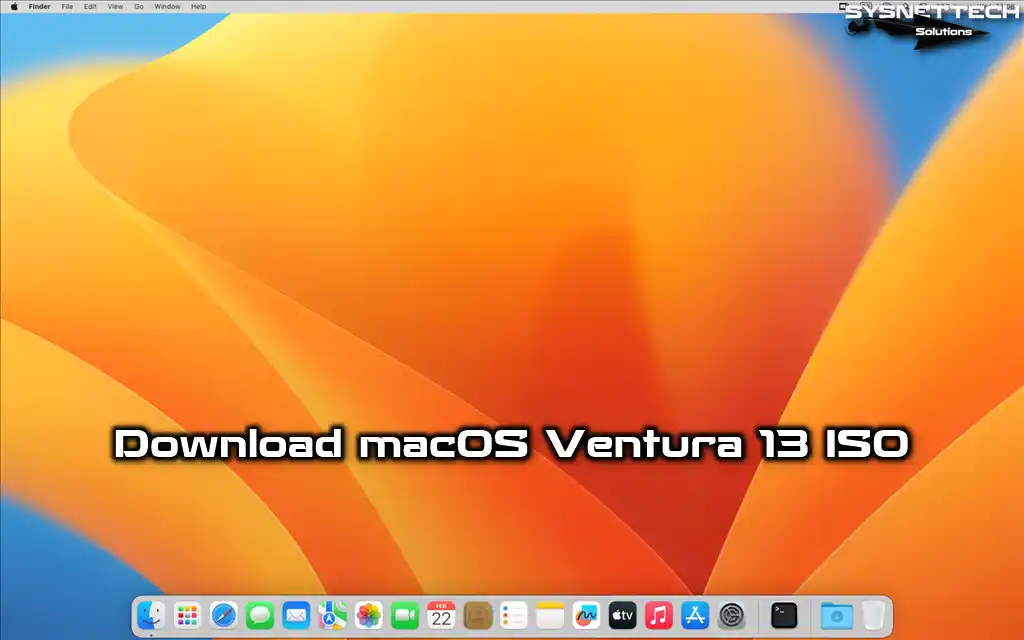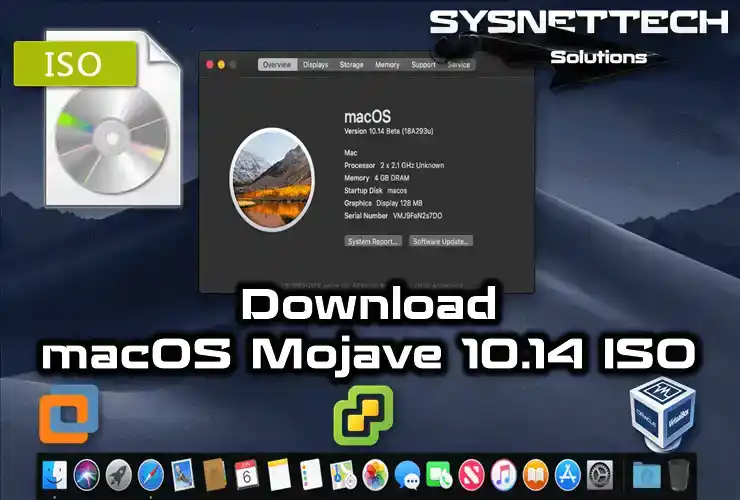iTunes is a computer program created by Apple to reload, organize, sync, and buy music from iPods, iPhones, and iPads.

What Exactly Is iTunes for Apple iPhone?
It is also the common name of iTunes and Music Store, and it sells music videos, movies, TV shows, games, audiobooks, and apps.
That’s why this great app from Apple has been renamed the iTunes Store since version 7.0. It can work with computers running macOS and Windows operating systems.
Some older versions of iTunes also work with macOS 9 and are statistically the most used program by iPod users.
iTunes is also a technological system based on SoundJam MP, a popular MP3 application created by the Casady & Greene company.
Apple bought the rights to SoundJam MP and soon released the first version of iTunes, which was very similar to SoundJam MP.
Features
iTunes users can enable viewers to organize their music into playlists, edit file information, burn CDs, convert files to different formats, purchase music online from the iTunes Store, and present the music in graphic form.
Another innovation is smart playlists that automatically detect songs based on user-selected search criteria such as database.
Playlists
In addition to supporting static playlists, iTunes also supports intelligent playlists. These lists can be configured to update automatically according to a custom list with selection criteria.
Different criteria can be entered to check various aspects of the list, and the playlists can be played randomly or sequentially.
Several songs from the same album or the same author can be sequentially rearranged by specifying random criteria.
It can also be configured by selecting songs with a 5-star rating with the iTunes DJ program, which is designed as a simple DJ.
Thanks to this application, by default, random songs can be selected from other playlists or libraries. Users can avoid automatic selection by deleting songs, searching for new ones, and adding their songs with the context menu via drag and drop.
In version 8.0, the Genius feature was added to analyze the user’s music library and suggest music that they may like and that they do not have yet. Still, this system requires an Internet connection, as the results of the analysis are sent to Apple for analysis and comparison with other users’ libraries.
The algorithm that performs the analysis was developed by Apple and introduced in June 2008.
Music Library
iTunes can keep track of songs and store these properties, known as metadata, in two files by creating a virtual library that allows users to access and organize song properties.
The first file is binary and is called iTunes Library, which uses its music library format.
This file stores information such as artist name and genre retrieves songs from tag information, and can store certain information such as play counter and rating. This is the only file of the two mentioned that iTunes is reading.
A second file called Library.xml is updated every time the information in iTunes changes. It uses XML format, which allows developers to program applications to access information in the Library easily.
Apple applications iDVD, iMovie, and iPhoto are some examples of programs that access the Library through this file.
For MP3 files, iTunes writes ID3v2.2 tags in Unicode by default, but it is possible to convert them from ID3v2.3 to ID3v2.4 via the Advanced/Convert ID3 Tags option, and iTunes if ID3v2.x and ID3v1.x tags are in the file, ID3v1 Can ignore .x tags.
Screenings
To make up for the physical CD shortage, iTunes can print the playlist and album list as well as custom CD covers.
After burning a CD from the playlist, the user can select this playlist and open a window with burning options.
Additionally, iTunes can automatically create a template with a CD cover on one side and a playlist on the other.
iMix
iMix is a user-created playlist published on the iTunes Store. This feature was added in version 4.5, and anyone can create an iMix for free, but this is limited to 100 songs.
It also supports both music downloaded from the Internet and music from a CD.
iMixes are public and can be used by any iTunes user. In addition, these contents can be rated in the same way as the star system. iMixes are active for one year from the date of publication.
Gracenote
iTunes uses the Gracenote interactive audio CD database to provide track names for audio CD lists.
This service can be configured to be activated when a CD is inserted into the computer and an Internet connection is found.
For track album names transferred to iTunes when not connected to the Internet, this service does not work, and manual action is required. If audio CDs are available, the user can select the required CD to complete the process.
Internet Radio
iTunes 1.0 included the Kerbango internet radio service feature and allowed its users to create lists of the most popular online radios.
However, in 2001, Kerbango was discontinued, and Apple created and added its web radio service for use with 2.0 and later.
In February 2006, the radio service had a list of over 300 different radio stations, most of them MP3 streams.
It also supported the .pls and .m3u stream files used by Winamp, allowing users to access any stream using these formats. Apple no longer supports the Internet radio feature.
File Formats
It can read, write, and convert MP3, AIFF, WAV, MPEG-4, AAC, and Apple Lossless. The conversion process happens while changing the import format by clicking on Preferences/Advanced/Import/Import Using.
After the desired format changed, the file format can be converted from the Advanced/Convert option from the menu.
It can also play any format QuickTime can play, including protected AAC files from the Store and audiobooks from Audible.com.
To play other file formats, such as Ogg or Speex, a QuickTime component named Xiph must be installed.
Those files that cannot play the HE-AAC/aacPlus audio stream correctly will be played as 22kHz AAC files.
Apple’s MP3 encoding quality has been criticized for having variable bitrate encoding. In January 2004, a public audio test was conducted on six MP3 encoders that encoded 128 kbit/s, led by Roberto Amorin, who later stated that there were severe drawbacks to the way iTunes was tested.
iTunes can automatically convert WMA files to other formats but does not support direct playback or encoding of WMA format.
In addition, although it does not support PDF files directly, since these files are located in a folder, they are listed in the Library, and the user can open them with the PDF file reader program.
Music Sharing
Songs in the Library can be easily shared over the local network using the Digital Audio Access Protocol created by Apple for this purpose.
DAAP is based on the network discovery service framework known as Bonjour, and this is Apple’s implementation of the zero-configuration networking standard.
Apple did not release the DAAP specification, but the protocol can be used by non-Apple software thanks to its reverse engineering route.
DAAP allows automatic detection of shared playlists on the same network. When a song is shared, the program can stream the song but prevent unauthorized copying by not saving it to the local hard drive.
Songs protected with the AAC format can also be used, but authentication is required, and up to five users can connect to the user every 24 hours.
Initially, with version 4.0, users could access shared music over the WAN by entering the IP number of the shared remote Library. Later, Apple said that users had violated the EULA and removed this feature in version 4.0.1.
Video Support
Video support was introduced in version 4.8 on May 9, 2005. Users can add any video file to the Library for cataloging and organization.
Video files added to the Library can be viewed in a small box, in a separate window, or on a full screen.
Before we created different libraries for multimedia files in version 7, videos were distinguished from songs in the Library by a small icon representing only a tiny TV and grouped with music in the Library.
This software from Apple is dependent on QuickTime and, therefore, includes some incompatible formats such as WMV. On October 12, 2005, Apple released 6.0, which added video purchasing and streaming functionality to the program.
The program also provides the ability to view Apple’s extensive collection of movies. As of September 12, 2006, it added more than 200 television broadcasts, including shows from Discovery Channel, Comedy Central, MTV, and FOX. Additionally, a catalog of 75 Disney movies has been added.
Until October 2006, movies and TV shows were only available to users in the US, and only some Pixar music videos and short films were available for download by users outside of the US.
Video content in the Store was encoded as Protected MPEG-4 video at 540 kbit/s (H.264) and approximately 128 kbits/s audio track in AAC.
Many videos and podcasts require QuickTime 7 but are not compatible with older versions of macOS.
As of September 12, 2006, the video resolution of files sold in the Store has been increased from 320×240 (QVGA) to 640×480 (VGA). The second is encoded in Protected MPEG-4 at 1.5 Mbit/s (H.264) and about 128 kbits/s audio track in AAC.
Plugins
It supports visualization and device plug-ins, and visualization plug-ins allow developers to create visual effects from music being played. They also include G-Force, a default visualizer licensed by SoundSpectrum.
The Visualization Plugin Development Kit can be downloaded for free from Apple. Additionally, device plug-ins support additional music players.
Podcast
Released on June 28, 2005, version 4.9 included built-in support for Podcast. Users can subscribe to Podcasts using the Music Store or web browser.
After subscribing to a Podcast, the contents are downloaded automatically, and the user can update them weekly, daily, hourly, or manually.
Users can select their Podcasts from the publicly visible Directory. Files can be organized in different categories in this directory. It also allows users to view all Podcasts and sort them by category.
Video Podcast
The 6th version offered official support for video podcasting, although RSS and video support are in version 4.9. Users can subscribe to video podcasts through the Store or RSS.
Subscribed users can download video podcasts, receive video files, and also broadcast via IPTV.
Downloaded files can be synced with a video-supported iPod, and both downloaded files and videos downloaded via video podcasting can be viewed in FrontRow, Apple’s Media Center application.
Synchronization Feature with iPod
iTunes can automatically sync your music and videos from the Library to your iPod every time it’s connected.
The macOS version of iTunes can also be synced with a variety of digital music players, and this feature only supports the iPod in the Windows version.
New songs and playlists are automatically copied to the iPod, or songs deleted from the Library are also deleted from the iPod.
Ratings given to songs on the iPod can also match the Library, and the playback position is saved when the audiobooks are stopped.
Automatic synchronization can be turned off to copy all songs and playlists manually.
However, the program can only copy music to the iPod, but not vice versa; third-party software can be used to do so.
You can copy your music files from the iPod to the hard drive using Unix command line tools or enable the Show hidden files and folders option in the folder options.
When the iPod is connected to the computer and the program does not have enough space to sync the entire Library, it creates a playlist with the name of the connected iPod.
The user can then modify this list to process songs and videos on the iPod. The program also supports other portable music players.
It has numerous add-ons to help it sync songs with any music player that can be fitted as an external hard drive.
While this is the only official way to sync music with the iPod, other programs allow the iPod to sync with other players. Up to version 7, purchased music can be copied from iPod to computer.
The iTunes account authorizes the computer, and a maximum of 5 computers are allowed per account. However, this process does not mean that imported music can be transferred between computers.
AppStore
Apple introduced the Music Store, where users can buy and download songs for limited computer use and an unlimited number of iPods.
This app is fully integrated with iTunes, and purchased songs are protected by Apple’s FairPlay digital rights management DRM system.
On February 22, 2006, more than 1 billion songs were downloaded since the service was launched on April 28, 2003.
Those who use operating systems other than macOS and Microsoft Windows, such as Linux, cannot use purchased music because there is no iTunes version for Linux.
In this case, the development of a number of alternative players has resulted in different ways that allow users to use their audio software or operating systems.
On January 15, 2008, version 7.6 was introduced, which includes the feature of renting movies with the option to rent high resolution from different studios.



